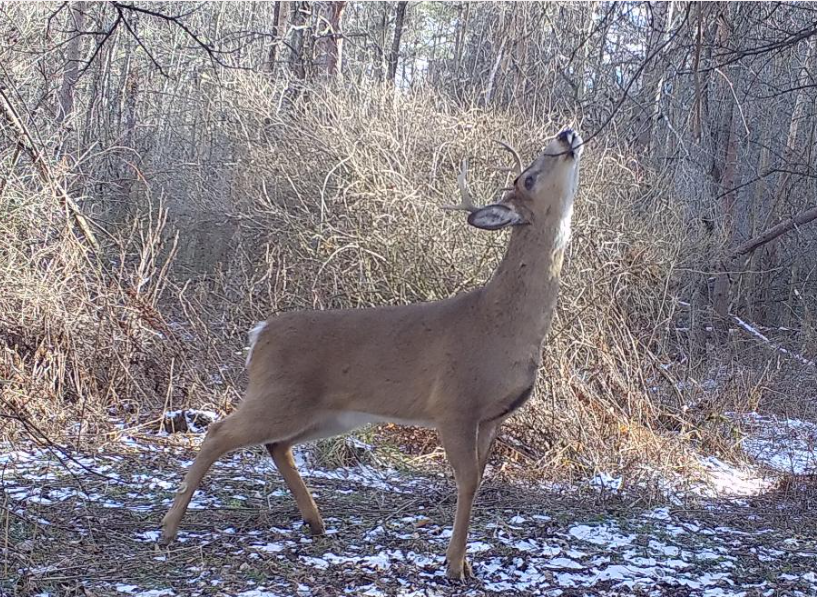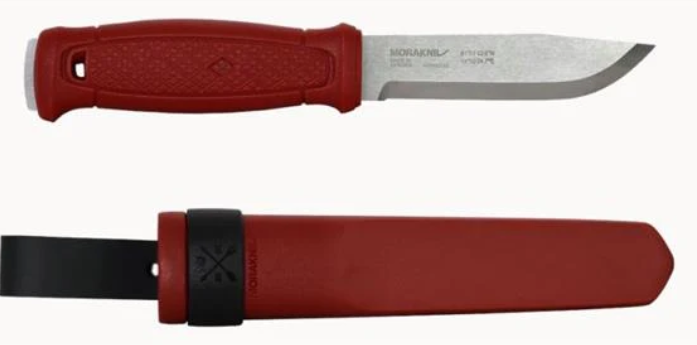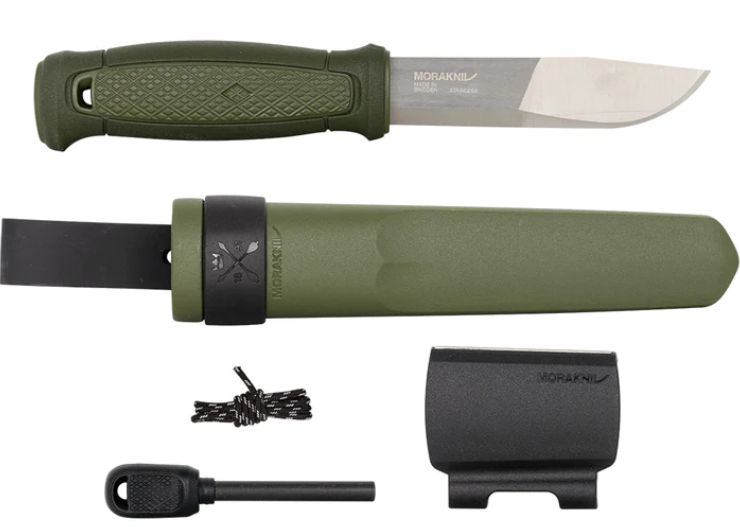O. Borealis, O. Clavium, O. Macrourus !!
By Oak Duke
The ubiquitous whitetail deer has 30 different subspecies populating not only Eastern and Midwestern North America, but Mexico, Central, and South America too.
The whitetail that we see out our windows and in the woods, here in the north is Odocoileus borealis, the largest of all.
This northernmost whitetail had its traditional range from Ontario and Quebec westward to Minnesota, and then southward, down through Illinois, Indiana, Ohio, Pennsylvania, and New Jersey and up through New England.
New York is right in the center of the expansive O. borealis home turf.
As in many animals, and typified in whitetails too, the more one travels towards the southern latitudes, the smaller the subspecies become.

The Bergmann principal is an ecologic principal: “organisms at higher latitudes should be larger and thicker than those closer to the equator to better conserve energy.”
An adaptive strategy for dealing with winter.
The northern subspecies that we routinely see features bucks well over 200 pounds, and some over 300 pounds, standing about 40 inches at the shoulder.


The Mora Garberg with Poly sheath; a true full tang Mora knife for the most demanding tasks. It has a full Scandi grind for ease of sharpening. The spine of the blade is ground with sharp corners for use with a fire steel. The tang extends beyond the pommel of the handle, and is also ground with sharp corners for use with a fire steel, or as a scraper. The handle is has a molded checkered pattern and is very “grippy”. It’s comfortable with either an edge up, or edge down grip. RagweedForgeStore.com
The smallest subspecies, the Keys Deer, O. clavium, of southern Florida has bucks that weigh about 60 pounds and stand about 24 inches at the shoulder.
In between the two extremes in size between Borealis and Claviuum are O. virginianus and O. macrourus, the former in the lower central area of the US, covering Missouri, Arkansas, and northern Louisiana.
O. macrourus, bordering O. virginianus, was traditionally the Texas subspecies and a smaller deer too, 80 to 170 pounds, while in Kansas 80 to 130 pound buck was typical.
But that’s the traditional pattern of whitetail subspecies.
Due to intense stocking programs by landowners and game managers, many of these traditional subspecies have been replaced.
And the south has a patchwork of rutting timetables as one would expect.
Whitetails are an amazing species, and they have been expanding and adapting to new territories, and now moving into the west, actually crowding their cousin, the Mule deer, a western species, and of course overlapping the other traditional whitetail subspecies.
Whitetails, especially, O. borealis, our deer, has been stocked, or transplanted all over the south in an effort to get larger deer with larger antlers.
But some attempts at stocking the whitetail have not fared so well.
For instance, despite attempts at stocking the whitetail in Great Britain, whitetails didn’t do well there, faring poorly in the British Isles.
But according to reports, successful introduction of whitetails has occurred in Finland, New Zealand, the Czech Republic and Slovakia, Serbia, and Montenegro, and of course the Southern United States.
There are 10,000 deer farms in the USA and many more, what is termed “high fenced” hunting operations.
High fences because the animals are great jumpers and would get away.
Whitetails are extremely adaptable. One could correctly say it’s in their DNA.
So whitetails, have been stocked, after being transported from their home regions for over 100 years.
And in some ways, it has worked as planned.
The bucks are larger, growing bigger antlers now in the southern states, even the deep south such as Louisiana and Texas.
The story of the merging of the whitetail subspecies by the actions of man seems a typical narrative. But it goes deeper, and a bit more interesting than that.
As we know when it comes to the breeding window for deer, the further one travels south, the wider in time it becomes.
Northern deer have historically had a more intense rut than their southern cousins.
An intense rut with in a narrow window of time is necessary for a number of reasons; one, being optimal food for nursing mothers and tiny fawns, the second being that the more does that breed at one time, then after the 200-day gestation period, predators are overwhelmed by a synchronized and simultaneous drop of fawns.
And thirdly, a narrow breeding window is best as an intense pre-rut and chase period is not only efficient, but bucks are primed and ready at the same time as the pheromonal vortex which they helped create for optimal breeding synchronization of bucks and does.
Northern bucks, O. borealis have traditionally had an October-November breeding window. Deer hunters in the north know that early November is most often the sweet spot of the rut.
Not so down south.
Southern deer hunters in Mississippi focus for the most part on their rut too, though its intensity is watered down compared to the northern subspecies.
Southern deer hunters focus on Christmas and New Years, as the traditional time for southern deer to rut, as they are known as December-January breeders.
Southern deer historically have not had to deal with the bitter cold, fawn-killing freezes of late April and the deep snows of an early, long winter that has been chronicled as decimating entire herds of deer, especially the fawns of the year around the Great Lakes.
Though northern deer can be stocked in the south as has been shown to increase the size of the animals, their internal breeding clocks, that mysterious rhythm, built into their DNA remains.
In the milder south, does can come into estrus for up to seven months.
Not so in the north.
But as researchers have noted, when Michigan deer were stocked in the south, in Mississippi, the northern subspecies, O. borealis retained its October-November breeding pattern, but pen-mates in the same enclosures that were indigenous southern deer retained their later December-January time schedule.
When these two subspecies did produce fawns, these offspring had expanded the breeding window, according to researchers,
The wide lower latitude rut timetable we have today in the south experiences a long rut, patchwork rut, running from October through January.
Oak Duke/Wellsville, NY/ February 2024
Whitetail Page: www.facebook.com/Oak.Duke.whitetail.page
Duke’s Honey: www.facebook.com/Dukes-Honey-513590015445371/
The Mora Kansbol is now offered with the survival kit included! This is the same Kansbol and poly sheath but comes with The Ferro rod and diamond Sharpener integrated into the sheath.
The Kansbol combines the handle configuration of the Garberg with the blade from the popular 2000. The basic grind is the usual Scandi, but it also has the additional “profile grind” on the forward part of the blade that thins the blade along the skinning curve. Unlike the 2000, the spine of the blade is squared for use with a fire starter, and it’s left in a semi-matt finish. This is about a third of the weight of the Garberg. The result is a full sized, but light-weight knife that is more than stout enough for normal hiking, hunting or camping chores. Shop now: RagweedForgeStore.com







